Common walnut (CWA)
The common walnut is a long-lived large, deciduous tree, reaching a height up to 25+ metres, often with an expansive crown on a large trunk. It has been widely cultivated throughout its range for thousands of years and is thought to have been introduced to Britain by the Romans. In Britain it is mainly seen as a tree in urban parks and gardens.
The fruit or nuts are widely used as a food, with other parts of the tree used in various traditional medicines. The wood is durable, strong attractive and prized. With a warming climate and its potential as a high value timber tree it could offer a place as an alternative to ash on good sites. The additional value of edible nuts could also see this species considered for Agri-forestry planting.
Common walnut is categorised as a secondary tree species. These are species that have demonstrated positive silvicultural characteristics in trial plots, but gaps in our knowledge constrain their wider use. The species are being actively evaluated to increase understanding and inform future deployment.
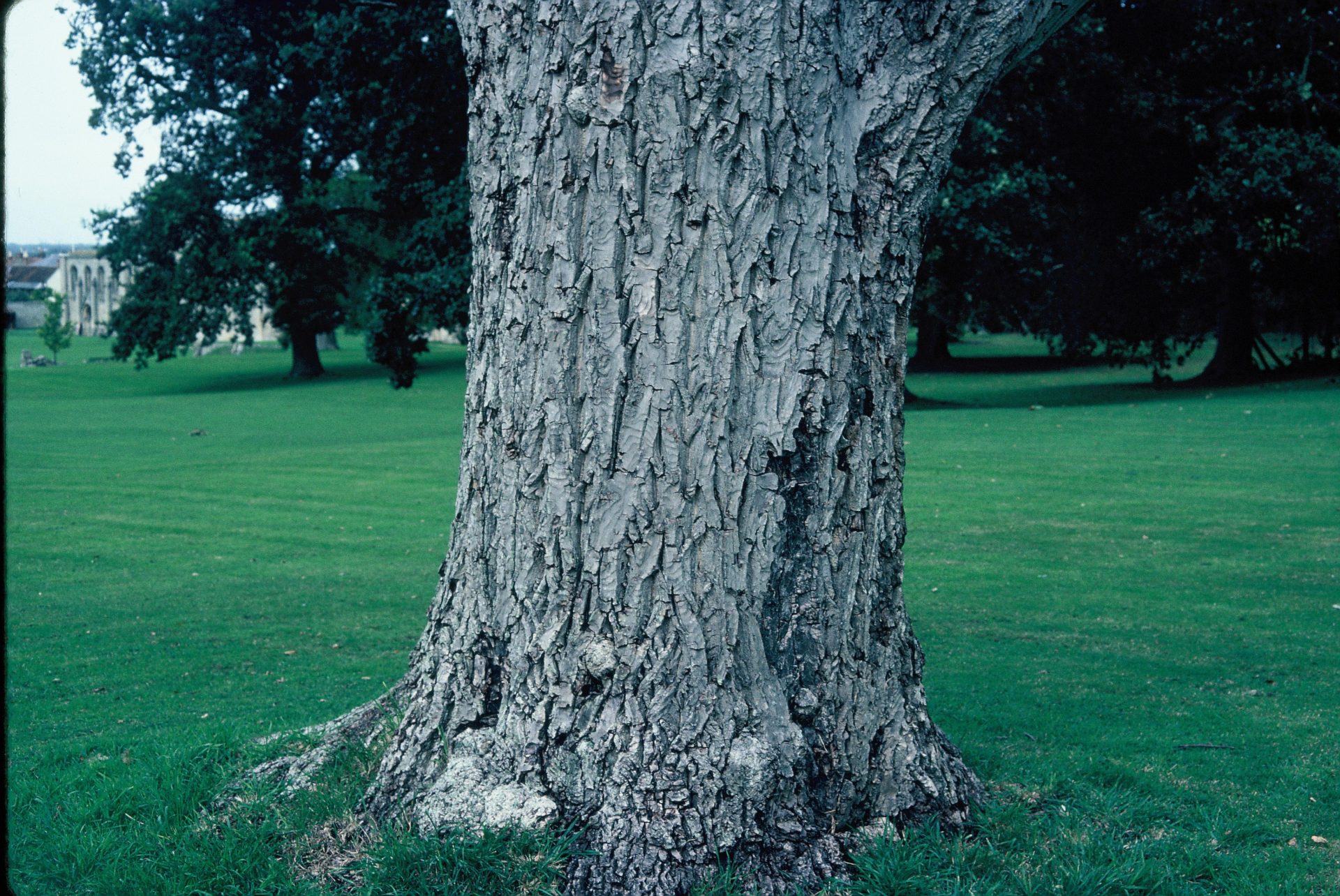
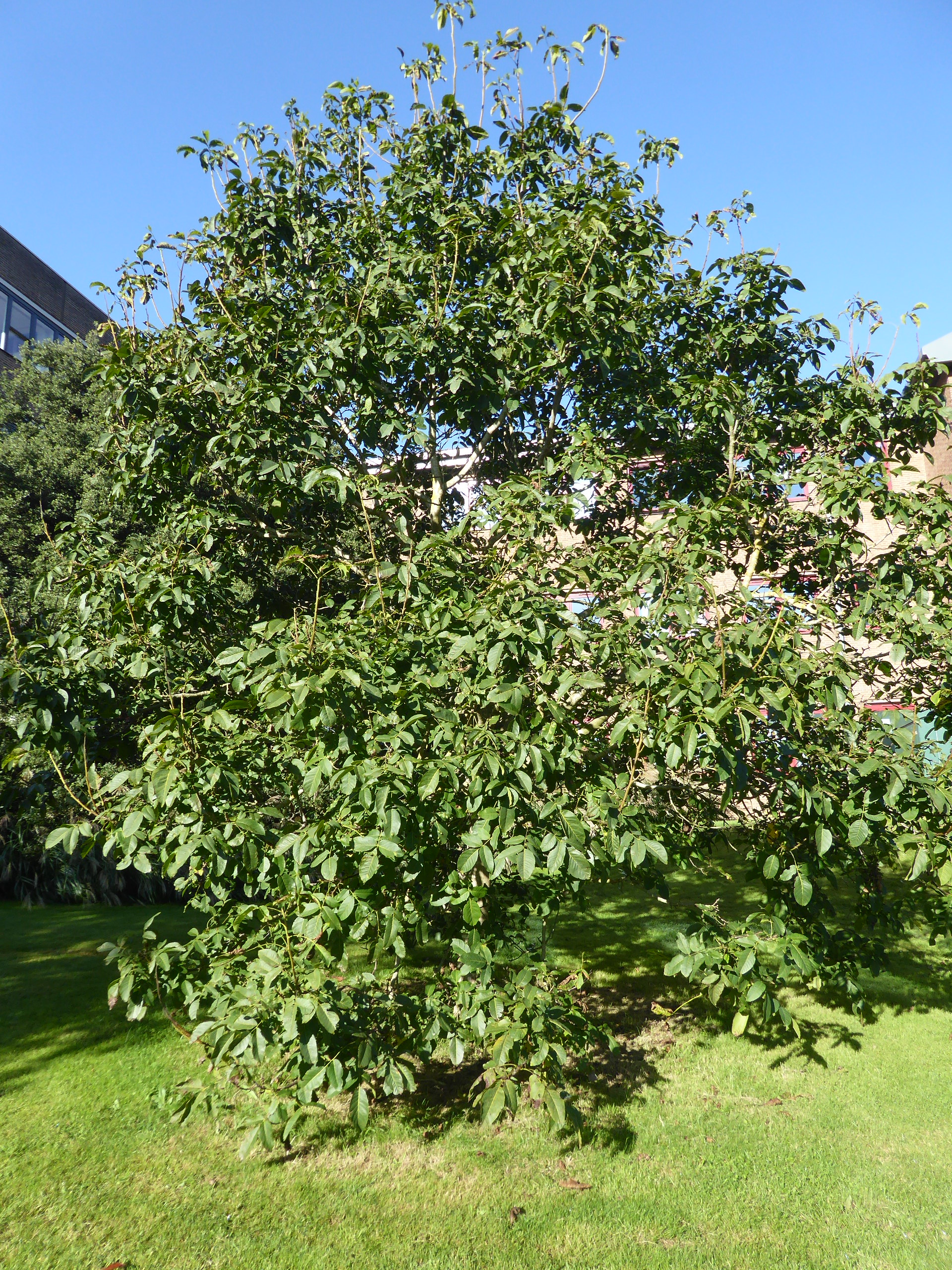
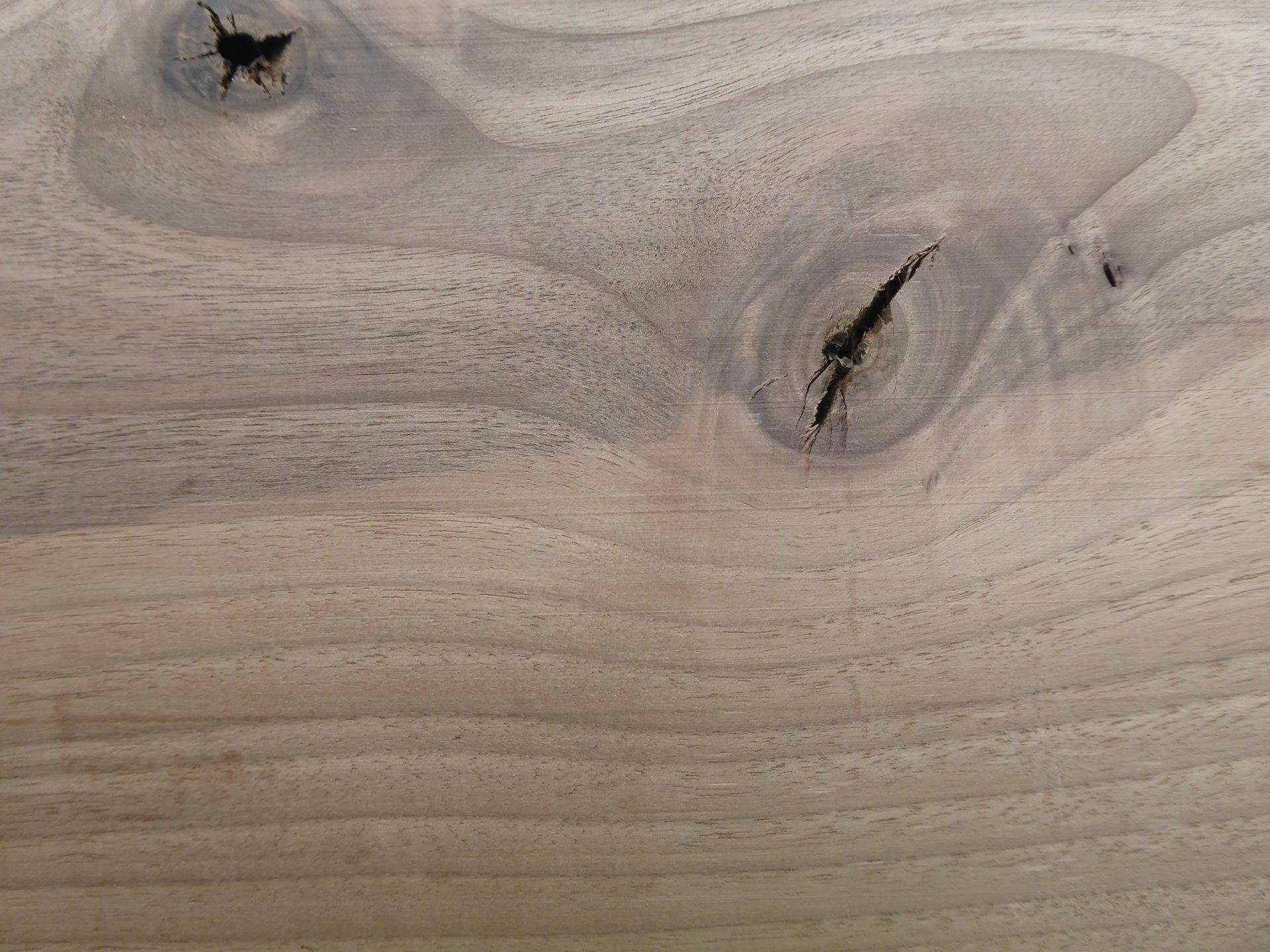
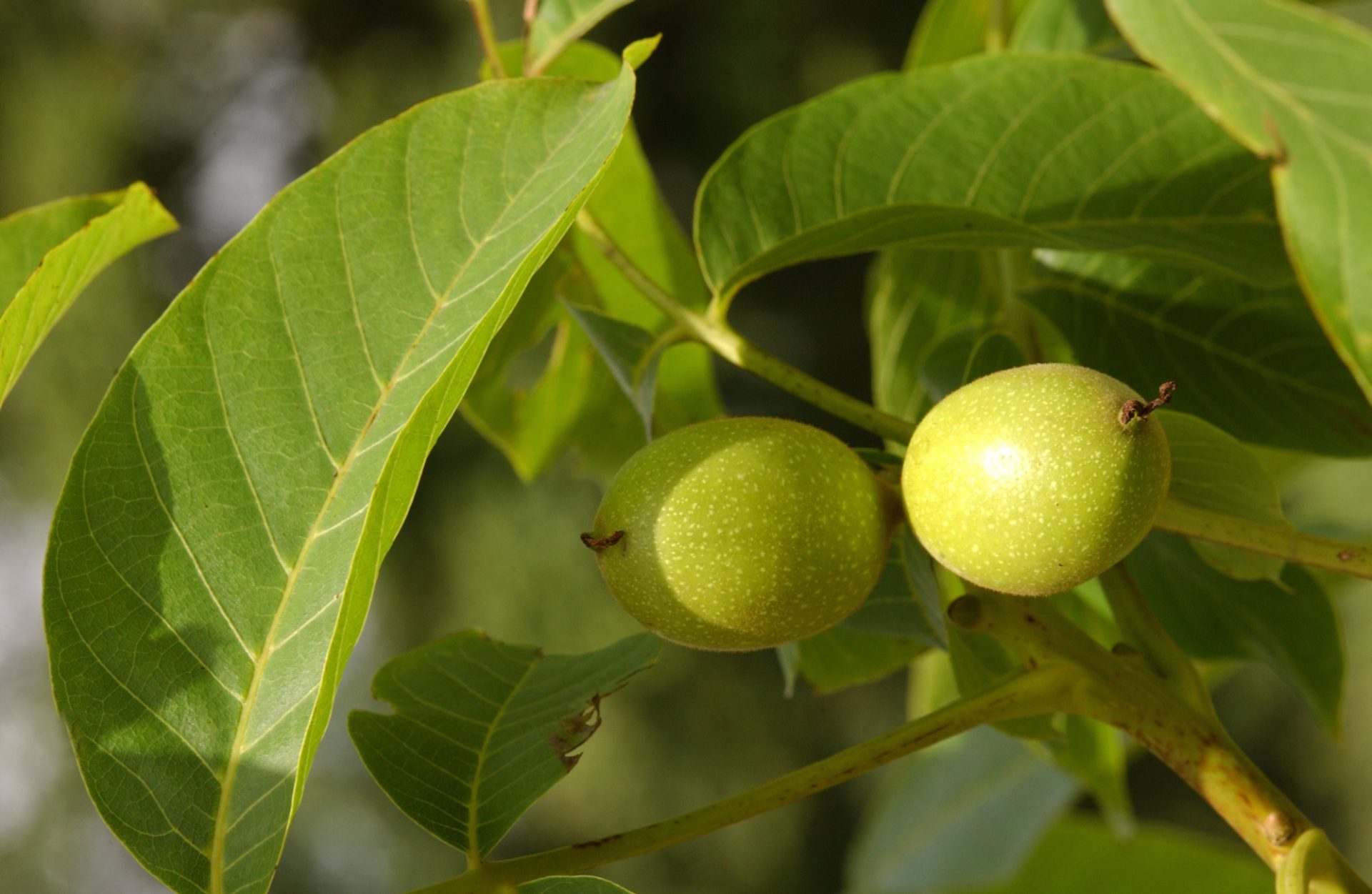
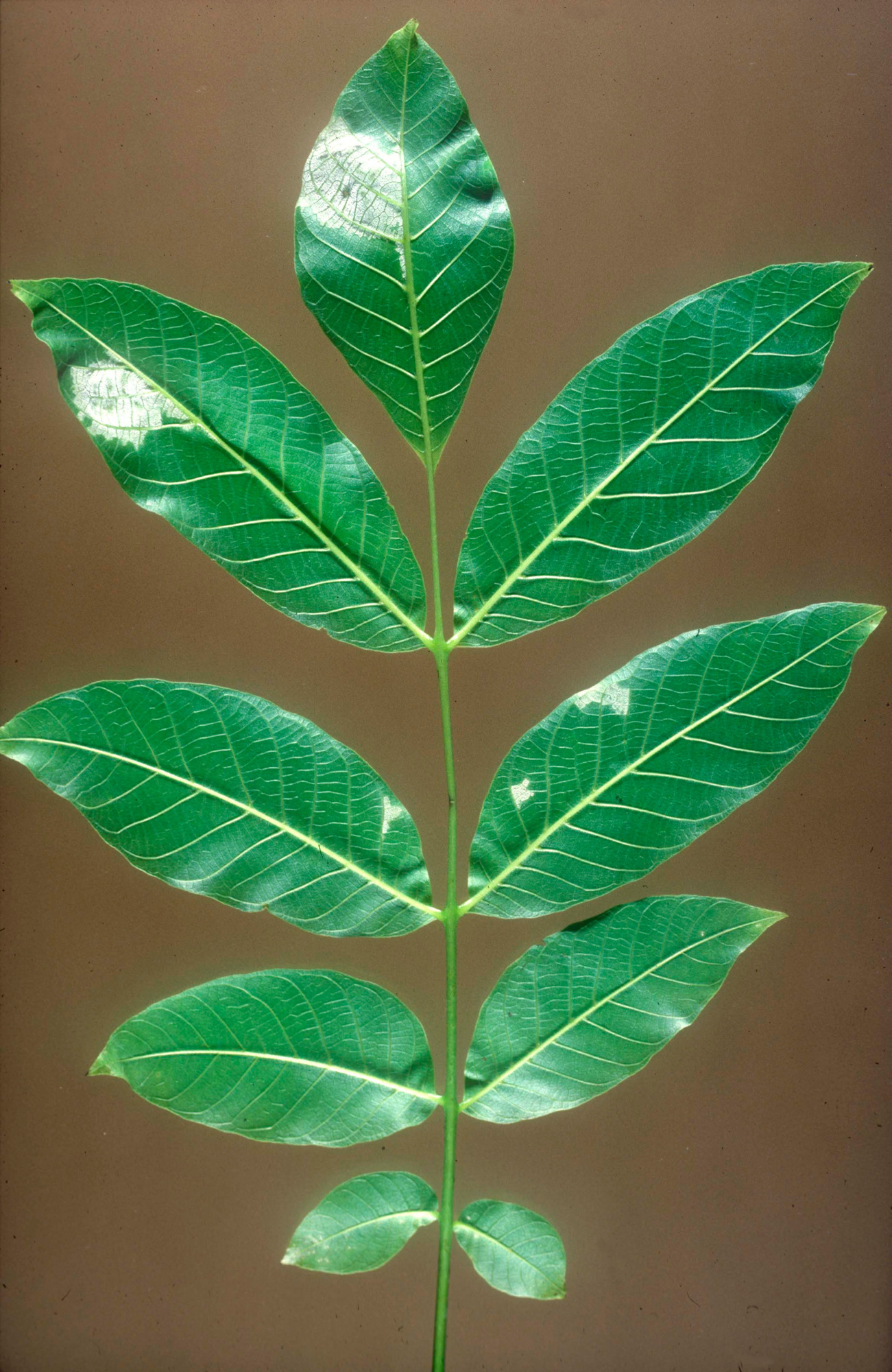
Range
Common walnut is native to south-eastern Europe and Asia as far east as China. However, it has been widely planted for nuts and timber outside the native range including in southern Britain.
Provenance Choice
Trials have shown appreciable variation between provenances in growth and flushing times so sources from western Europe and Britain are the safest choices. Material obtained from open grown trees often has poor form. Named varieties selected to give higher nut yields and timber quality are available. Some varieties are late flushing which should reduce frost susceptibility. There are hybrids with black walnut which can give faster growth.
Key Properties
Site Requirements
Ideal sites for common walnut will have annual rainfall of 700-1000 mm well distributed throughout the year. The species should be planted on medium to very rich soils of fresh to moist soil moisture; availability of soil moisture is important for good growth in dry spells. Alkaline soils of good rooting depth are also suitable. Very dry, very nutrient poor or very wet soils should be avoided.
Common walnut is very vulnerable to spring and autumn frosts and locations prone to frost should be avoided. It has limited tolerance of exposure. Ideal sites would be sunny, sheltered and south facing.
Further detail on the site requirements of common walnut in current and future climates can be examined using the Forest Research Ecological Site Classification Decision Support System (ESC).
ECOLOGICAL SITE CLASSIFICATION TOOL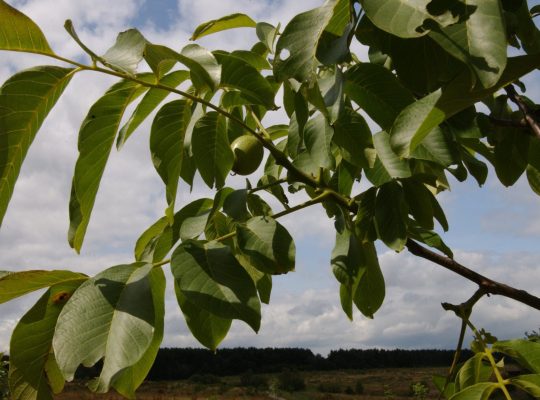
Silviculture
This is a light demanding species that is intolerant of competition whether from ground vegetation or from other trees. Seedlings have a long tap root which is easily damaged when they are lifted from bare-root nursery beds: this can result in delayed establishment. Therefore, seedlings grown in deep containers are preferable planting stock. Careful site preparation including pit planting followed by several years of rigorous weed control is essential for good establishment. Young trees can be cut back to the base (‘stumped’) to improve growth and form. They need to be protected from deer and rabbits.
Walnut can be grown to produce both nuts and high-quality timber. Planting density is often low at around 400-700 stems ha-1 wherever nut production is a primary objective with higher densities where sawtimber is envisaged. Crowns of young trees can be shaped to favour a single stem while pruning of selected stems to >2.5 m height will improve timber quality. Pruning should be undertaken mid-summer to early winter.
Although pure stands are typical where nut production is intended, mixtures of common walnut with other broadleaved species like lime, wild cherry or silver birch can provide shelter during establishment. Nitrogen fixing shrubs such as autumn olive (Elaeagnus umbellate) can also be helpful. However, it is essential that admixed species do not overtop the walnut and that any competitors are removed in thinning. The broad crowns characteristic of mature walnuts mean that a dynamic silviculture using regular thinning is required to maintain tree vigour. Thus, the stocking densities found at the end of a rotation of 60 to 80 years will be less than 100 trees ha-1 at which time diameters should be 40 cm or more.
Regular seed production occurs from 15-20 years onwards, but natural regeneration is rare in Britain due to a combination of squirrel predation, seedling browsing and vegetation competition. Thus, planting is the most reliable method of establishment. Selected walnut varieties and species hybrids can be grown in agroforestry systems where they provide both nut production and an eventual timber crop.
Pests and Pathogens
Considered particularly susceptible to Armillaria root rot (honey fungus). Grey squirrels can be a problem for nut production.
See our other tools and resources
Further Resources
External
In addition to the general sources of information for species the following are useful for common walnut.
Clark, J., and Hemery G. (2010) Walnut hybrids in the UK: fast growing quality hardwoods. Quarterly Journal of Forestry, 104, 43-46.
Clark, J., et al. (2008) Early growth and form of common walnut (Juglans regia L.) in mixture with tree and shrub nurse species in southern England. Forestry, 81, 631-644.
de Rigo, D., Enescu, C. M., Houston Durrant, T., Tinner, W., Caudullo, G., 2016. Juglans regia in Europe: distribution, habitat, usage, and threats. In: San-Miguel-Ayanz, J., de Rigo, D., Caudullo, G., Houston Durrant, T., Mauri, A. (Eds.), European Atlas of Forest Tree Species. Publ. Off. EU, Luxembourg, pp. e01977c+
Hemery, GE, et al. (2005) Height growth and flushing in common walnut (Juglans regia L.): 5-year results from provenance trials in Great Britain. Forestry, 78, 121-133.




